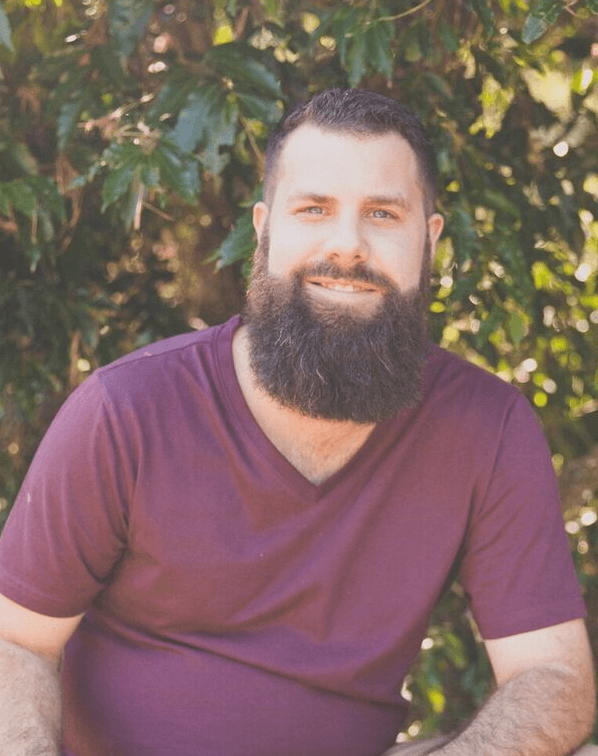Introduction
Thargomindah is the centre for the Bulloo Shire Council. Situated along the Adventure Way and lies on the banks of the Bulloo River approximately 200 kilometers west of Cunnamulla, and 1,100 kilometres west of Brisbane.
Steeped in historic tradition the museum sites Hydro Power Plant, Hospital and Jail tell the story of Thargomindah and the Outback.
The Hydro Power Plant is believed to be the oldest, working unit in Australia. Thargomindah was the third place in the world, after London and Paris, to produce electric power in 1898.
The Hospital was built in 1888 out of locally made, unfired mud-bricks, the building is a tribute to the tenacity of Thargomindah’s pioneers and has always played an important role in the community. It served the people of Thargomindah until 1976.
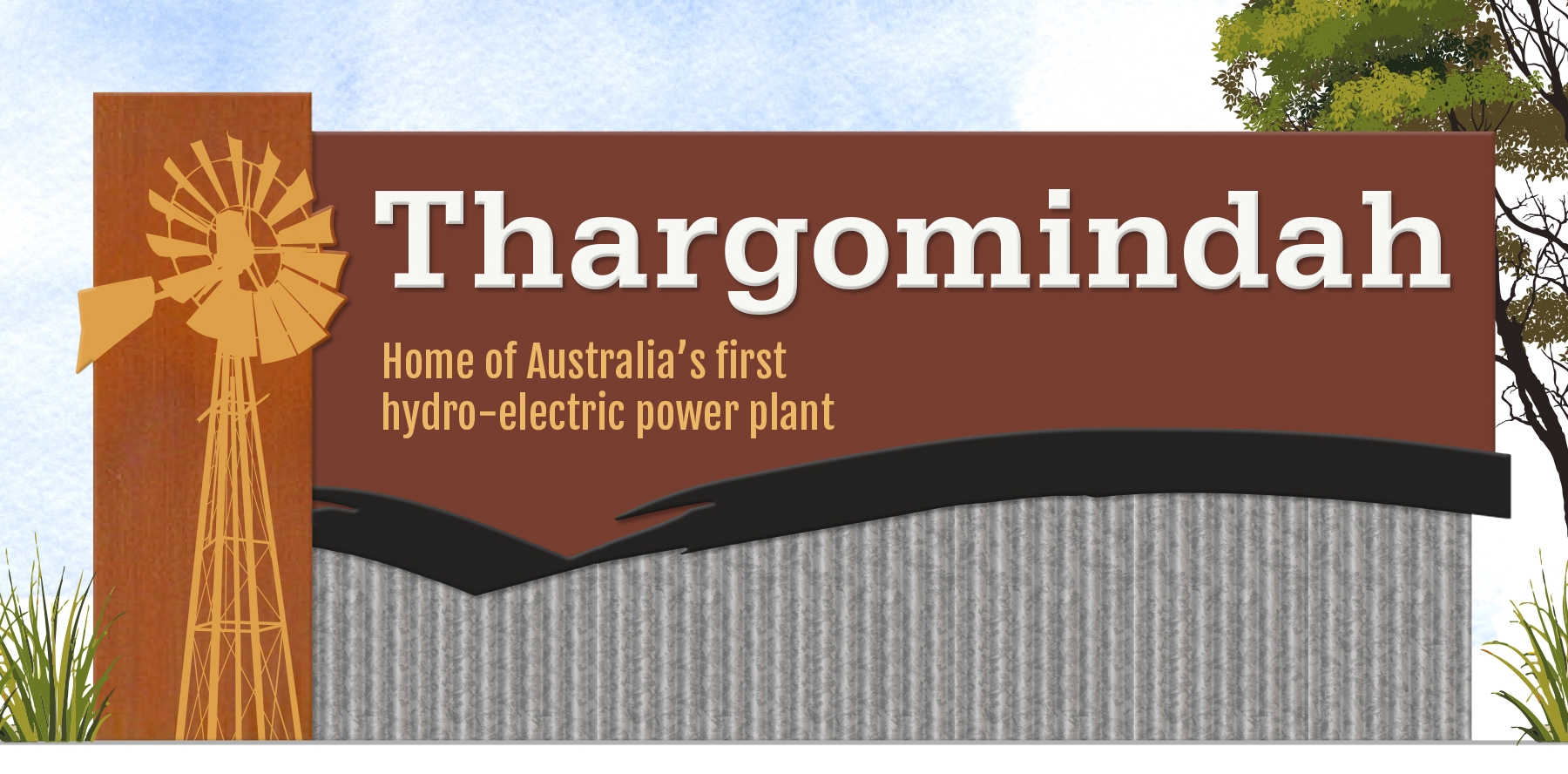

The facilities immortalize personal anecdotes and experiences from historic episodes of Australian heritage.
From cutting-edge holographic technology life-size models of historic characters to animatronic humans, the updated venues give visitors the chance to relive moments from yesteryear with unforgettable realism.
The Challenge
The brief was to bring the museum sites to life and technology wise into the 21st century, ultimately delivering a memorable experience for visitors. All three museum sites required major electrical power and hardware installations, due to being old historic buildings with outdated facilities. Being situated in a truly remote area of the Outback added to the challenge, as hardware stores are several 100 kilometers away from the project location, which required precise planning of supply and logistics.
Immersive audiovisual experiences in form of holograms, projections and on-screen documentaries were created to tell the stories of the sites and the people that were part of its history.
Automation was key for this project as the museum tours are completely unmanned. Visitors are buying branded RFID cards in the Visitor Information Centre to operate the experiences from opening doors to starting the digital media experiences. This allows for saving staff cost for tour guides, and enables tourists to visit the sites at their own convenience without needing to follow fixed tour times.
The project had to be completed within three months to meet the funding guidelines – from concept development over content production to hardware installation. Normally a project of this scale takes six months to complete.
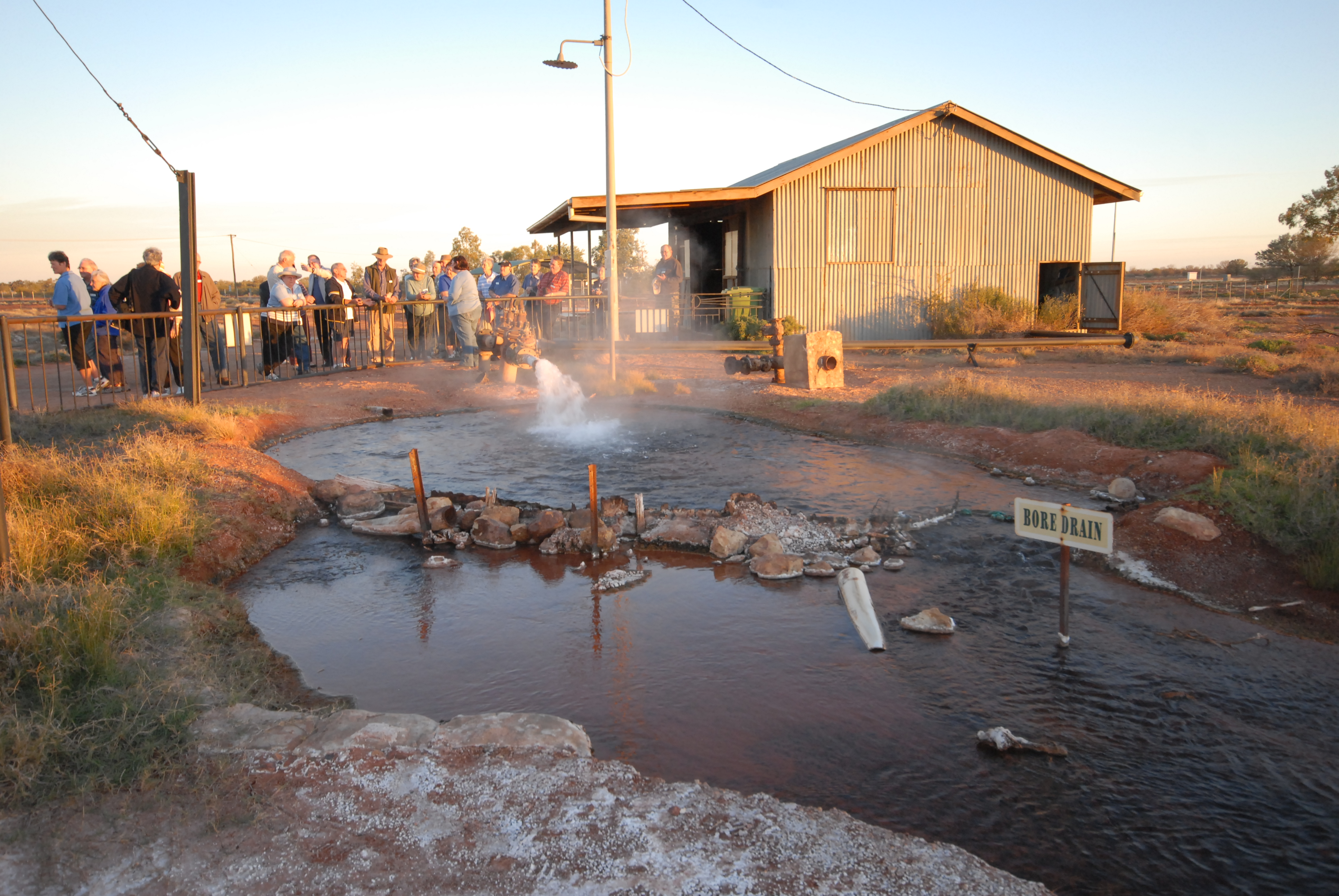
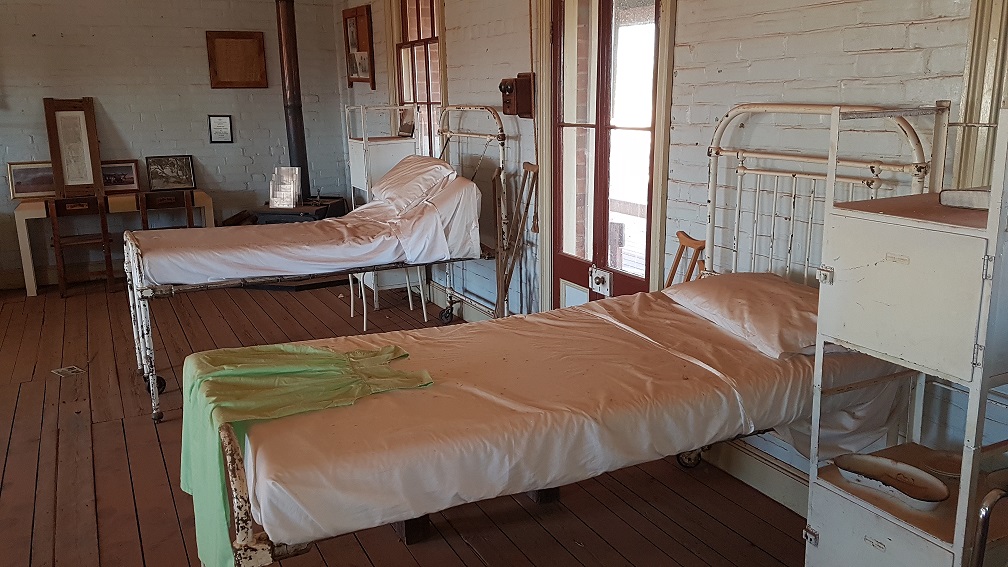
The Client: Bulloo Shire Council, represented by Gillian Strong, Visitor Information Centre Coordinator and husband Chris Woodland, Manager of Projects, Design and Construction for Bulloo Shire Council.
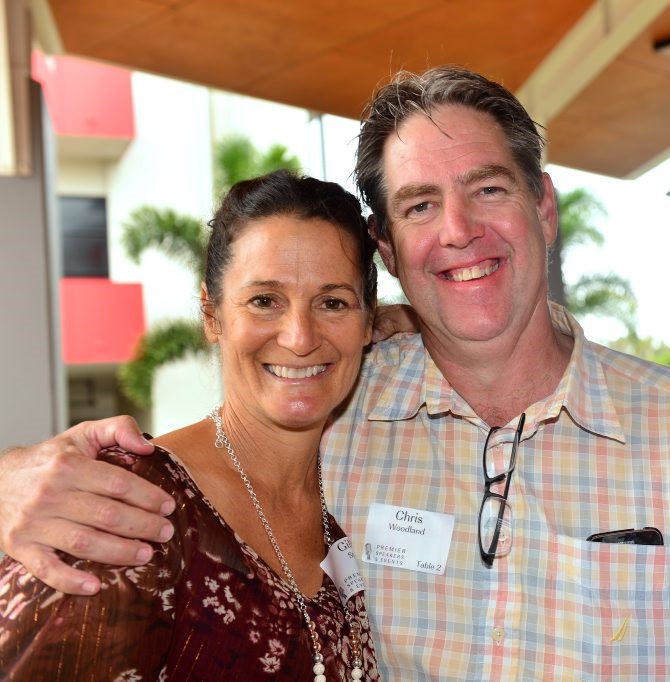

Solar power systems were installed by Ollie Fowkes from Katherine Solar in Toowoomba.
Network Bridge Consultant – Rowyn Hellyar of RDH Integration Services Toowoomba.
The Solutions
- 15 Content Pieces – 3 Holograms, 5 Projection Experiences, 7 History Documentaries
- 2 Animatronic Humans
- 4 Kramer Control Systems
- RFID Access Control and Experience Activation, fully automated
- 2 Solar Power Systems
- Wireless Bridge Installation over 2 km Distance, connecting all sites
The hologram of Joe Hood, boilermaker and blacksmith, who built the hydro power plant in 1898, tells his story of operating the plant. The hologram gets projected onto a 1.40 m x 2,10 m Perspex sheet hanging from the ceiling. An Optoma ultra short throw laser projector was used.
On the Perspex is a Nano-foil technology locking in the light cast, to avoid reflection for best results. Enhancing the experience are speakers besides the hologram.
The on-screen documentary features the entire history of the hydro plant and its importance for Thargomindah at that time. A 40” LED screen was used.
All experiences are set in sequence for a smooth flow. The visitor activates the on-screen documentation which gets followed by the hologram and after that the Pelton water wheel, set on an electric valve, starts generating electricity and coach lights come on like in 1898.
For energy supply the hydro power plant needed to have its own solar power system installed.
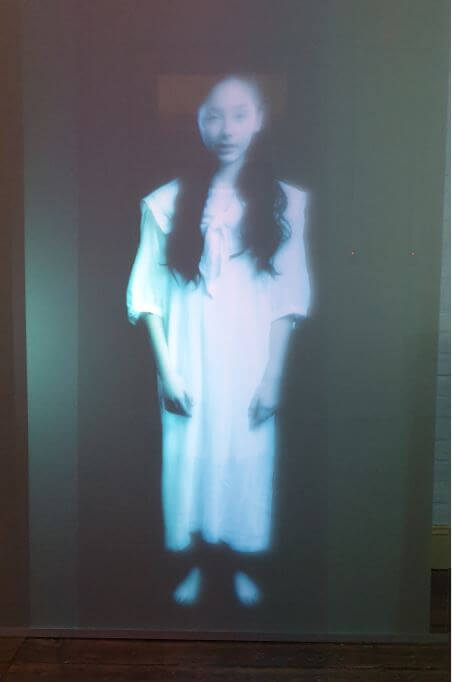
In one of the cells the visitors are greeted by animatronic humans Sargent George Schnitzerling and prisoner Sidney Barney, having a conversation about Sid’s criminal career.
The animatronic humans are dressed in 1950’s costumes matching their time. Body movements were programmed in the animatronics for a more lifelike and authentic experience.
In the jail kitchen the Sargent’s wife Trixie appears in a projection experience talking about her live as a police man’s wife in Thargomindah. The on-screen documentary provides information about the police history of Queensland and the Outback.
For energy supply the jail needed to have its own solar power system installed.
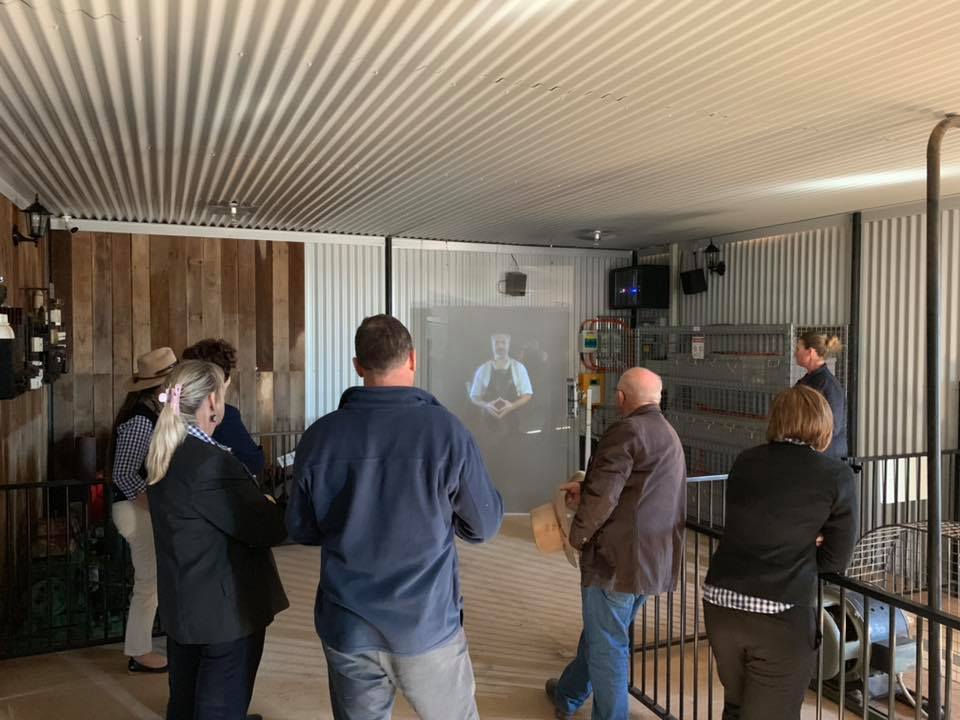
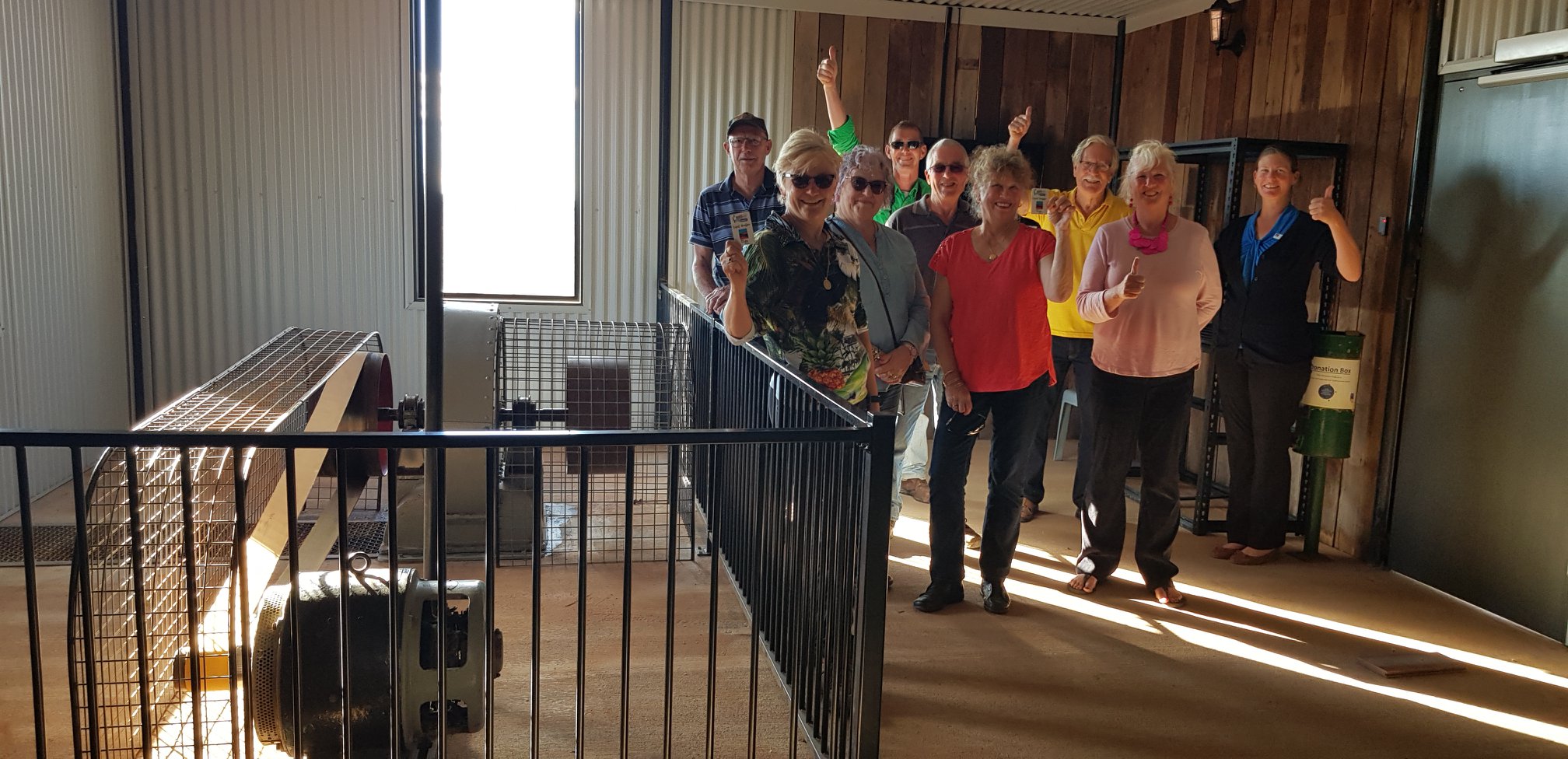
The Hospital consists of a ward, clinic, dispensary, nursery and morgue. Each room has a 40” LED screen with a history documentary about the topic of the specific room.
The morgue has a hologram of a ghost girl talking about the Australian heatwave in 1896.
Another hologram is in the nursery where Matron Sylvia McGreggor tells anecdotes about her time working in the hospital. The holograms get projected onto Perspex with a Nano-foil technology.
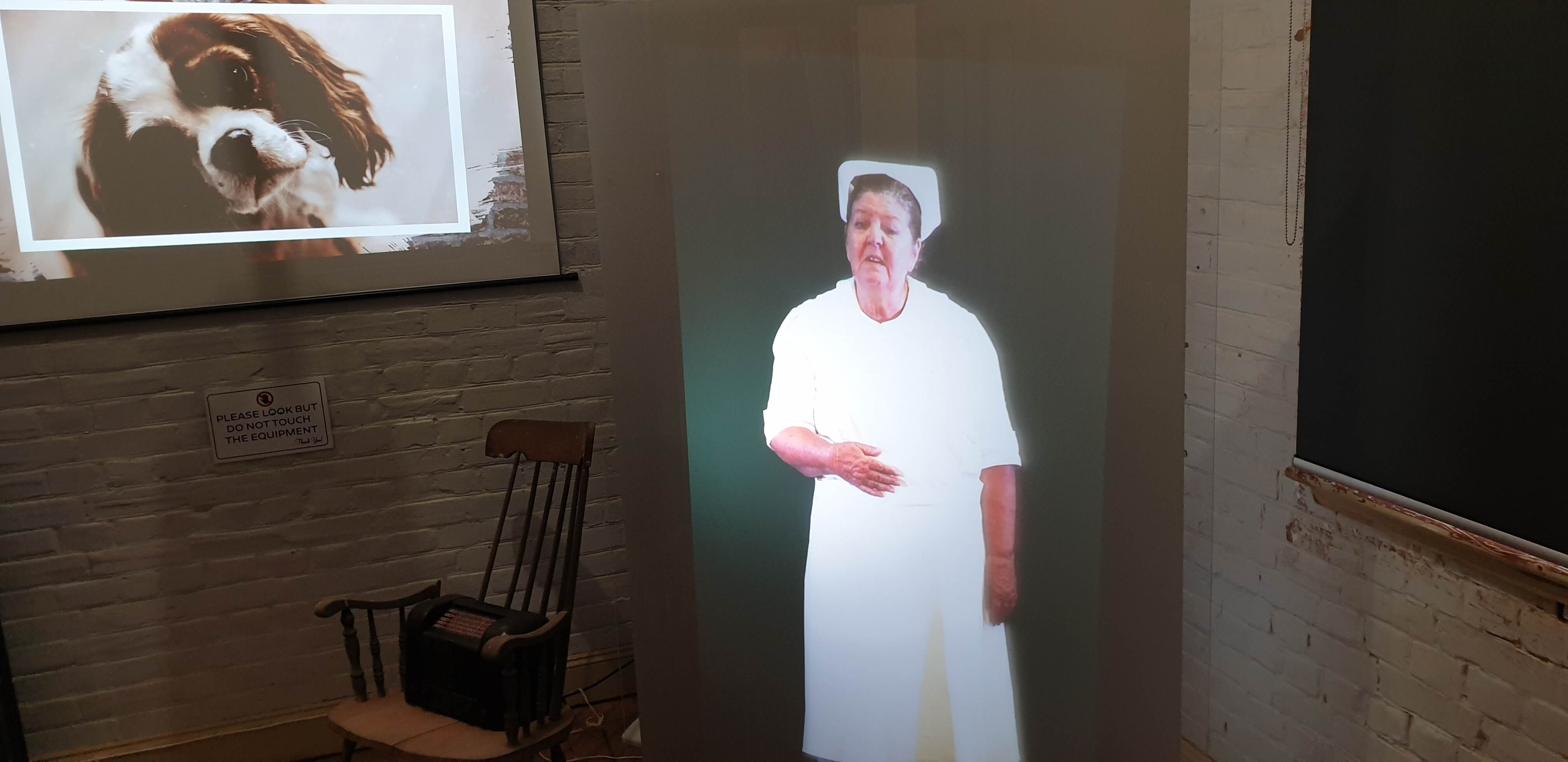
The clinic features a projection of Dr Chester Wilson with stories about his patients.
Matron Freda Tite appears in a projection in the dispensary talking about spooky hospital stories. Projection experiences get projected onto projection screens.

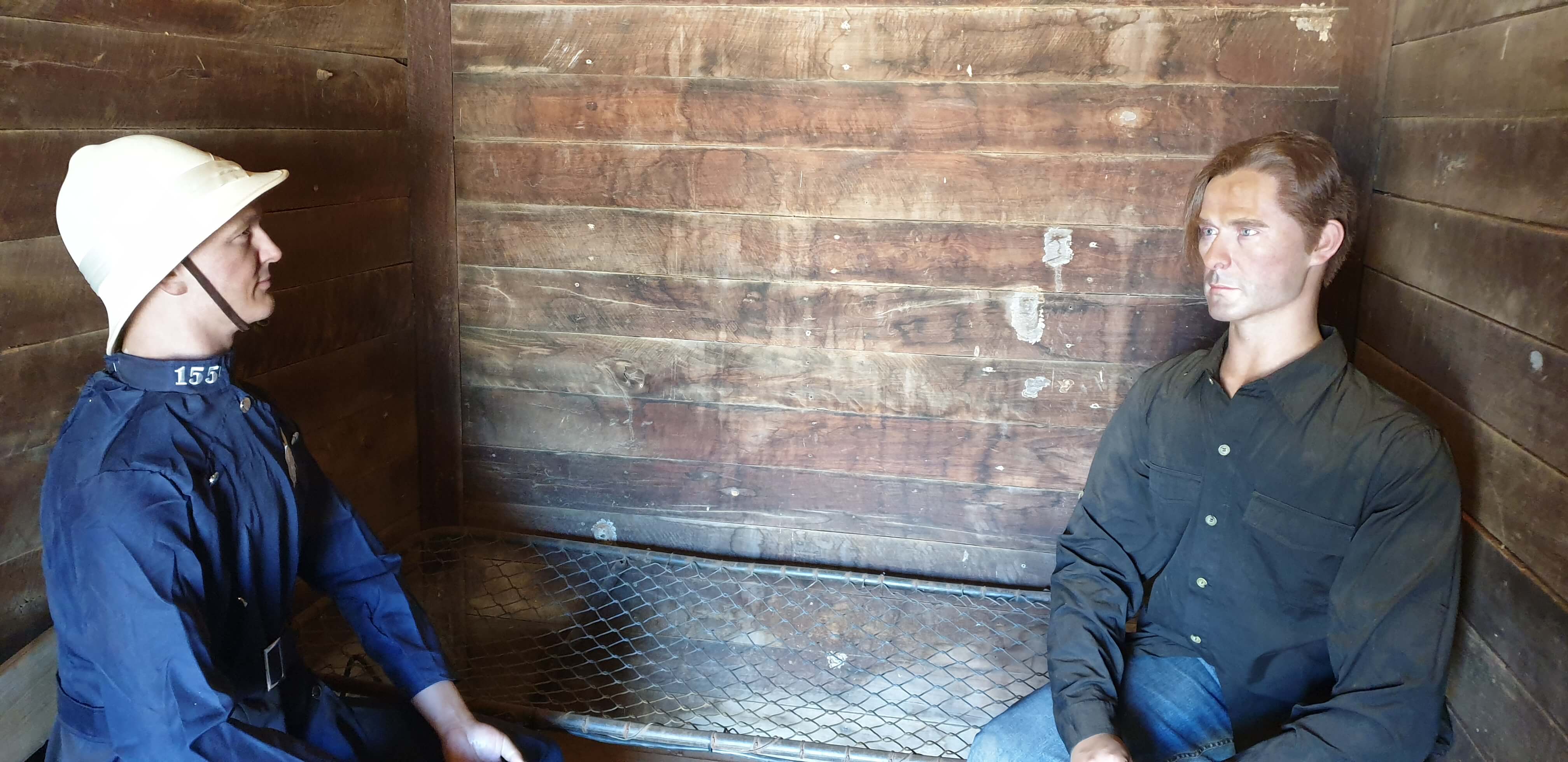

These automated processes are made possible with the usage of Kramer control modules and software that operate all doors and experiences – holograms, projections and on-screen documentaries.
This control system required the installation of wireless network bridges to allow the three sites to communicate to a control system for full automation. The wireless network bridges were installed over a distance of 2 km.
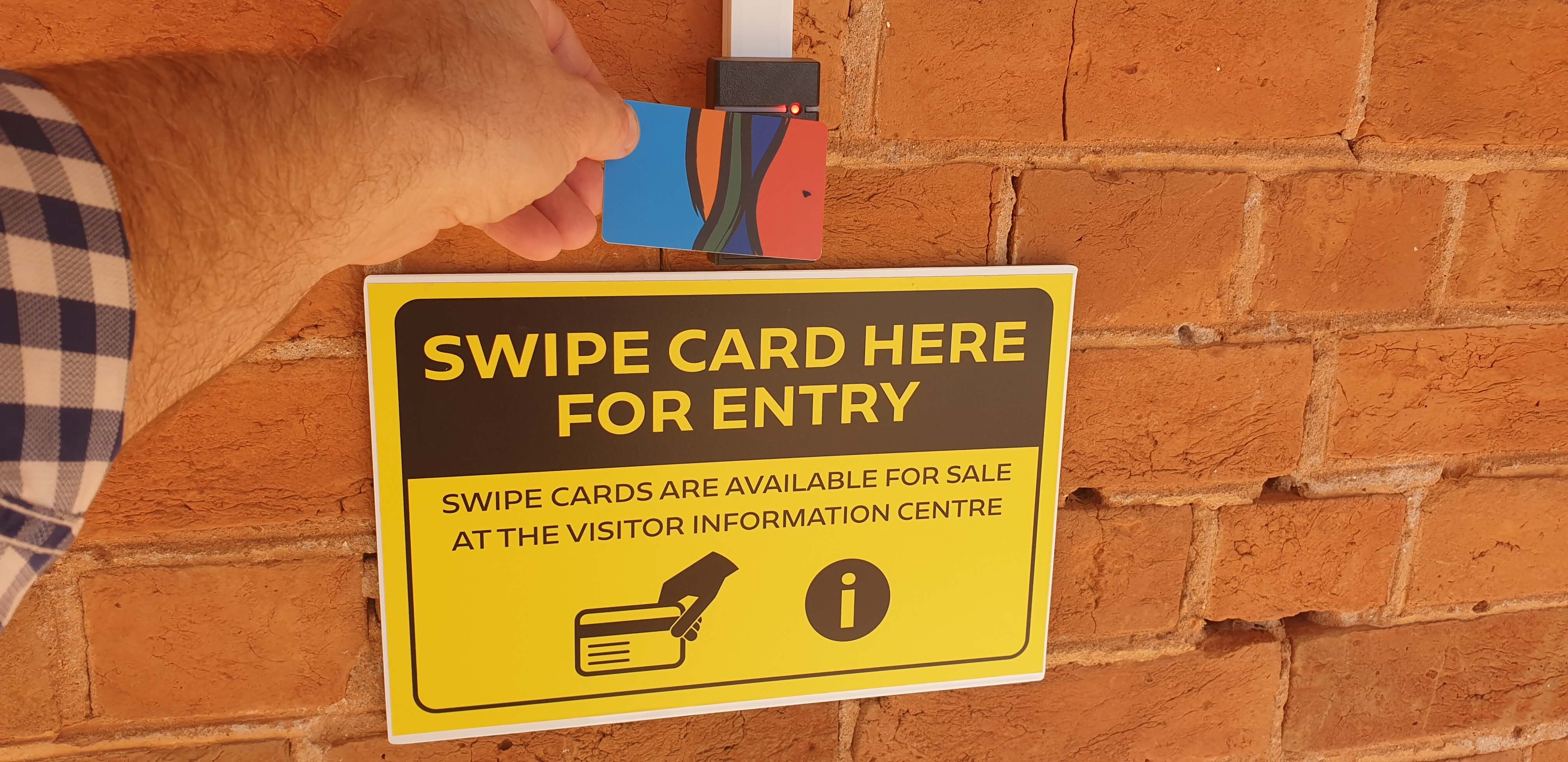
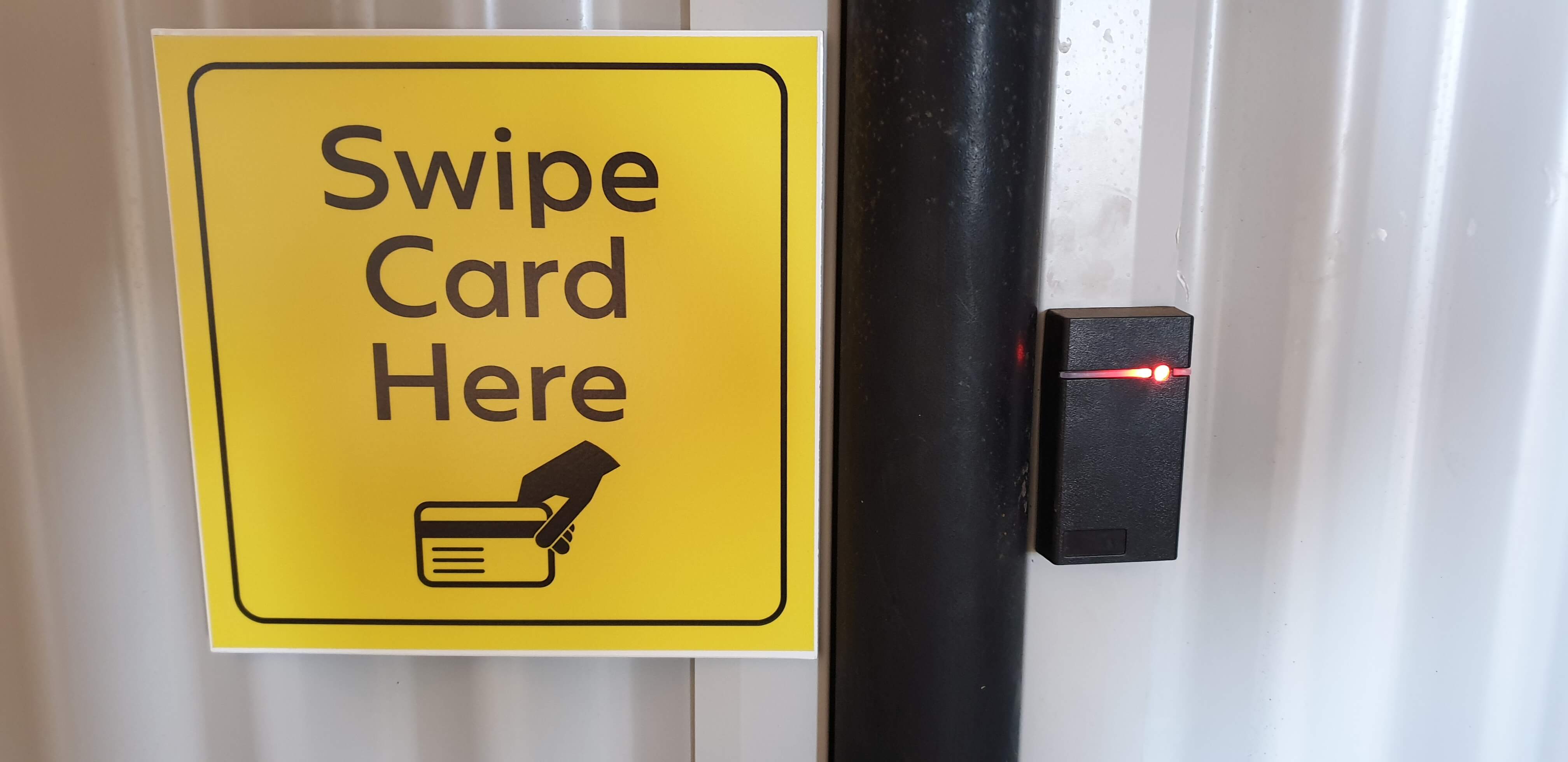
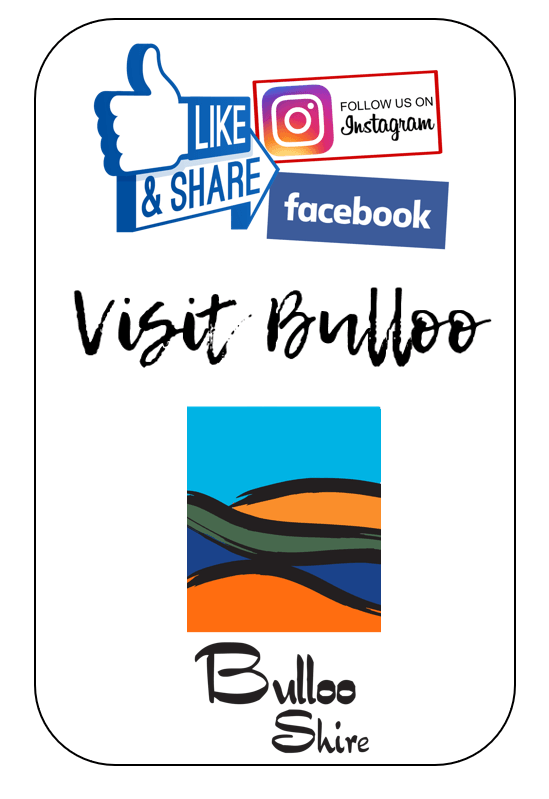

Since its opening, the steady stream of visitors at the updated Thargomindah tourist facilities have given outstanding feedback regarding the one-of-a-kind experiences.
The creative digital media experiences were expertly installed and integrated. The stunning audiovisual elements in the spaces form a unique testament to the stories of the historic museum sites of Thargomindah.
The fully automated museum tours are updating the sites without taking away from its original history and value for the town. Digital Frontier’s installations bring the sites to life, thrilling tourists visiting Thargomindah with holograms, projection experiences and history documentaries.
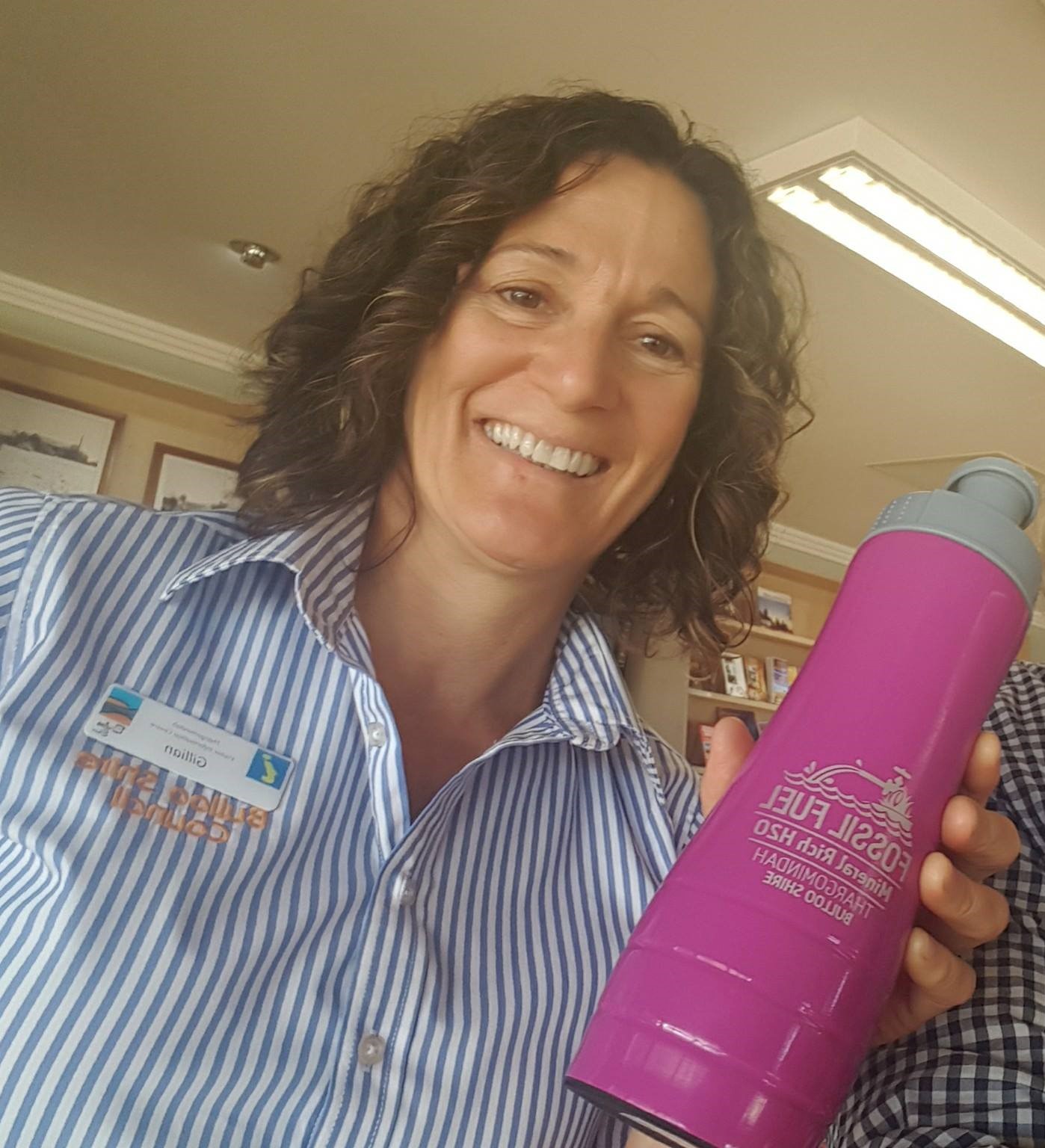
Client Testimonial
“We engaged Digital Frontier to provide a unique tourism experience for our town. I had a vision of ‘bringing our historic buildings to life’, which held a very literal meaning to me, as static displays never seem to convey the emotion that goes hand in hand with the stories.
With absolutely no knowledge on what technology was out there to realise this vision, I spoke to the Digital Frontier team who immediately leapt at the challenge and came up with some unique and amazing concepts for me.
The concepts encompassed both the necessary documentary type data and the story telling side of the buildings in an experience that was dynamic, fun and interesting. They offered the use of a variety of mediums from holograms, projections, lifelike silicone mannequins to a series of short documentaries enthusiastically presented via big screen television.
The statement, “If only these walls could talk,” is real for us now as our buildings have been brought to life with the history, stories and characters of the past. The lifestyle, hardships and humour of past events are imprinted into the walls of these buildings and now all of this is available for our visitors to experience.
The end result has been a huge success as our visitors now have the freedom to experience these tourist attractions at their own leisure and combined with over 5 km of brand new concrete walking paths, we now have a tourist trail which keeps our visitors in town for three days or more. The project has created a sense of pride within the community with the showcasing of their ancestor’s proud history. It has also provided a necessary boost to the town’s economic growth through the creation of an experience that encourages visitors to stay longer in our town.”
Gillian Strong, Visitor Information Centre Coordinator – Bulloo Shire Council

